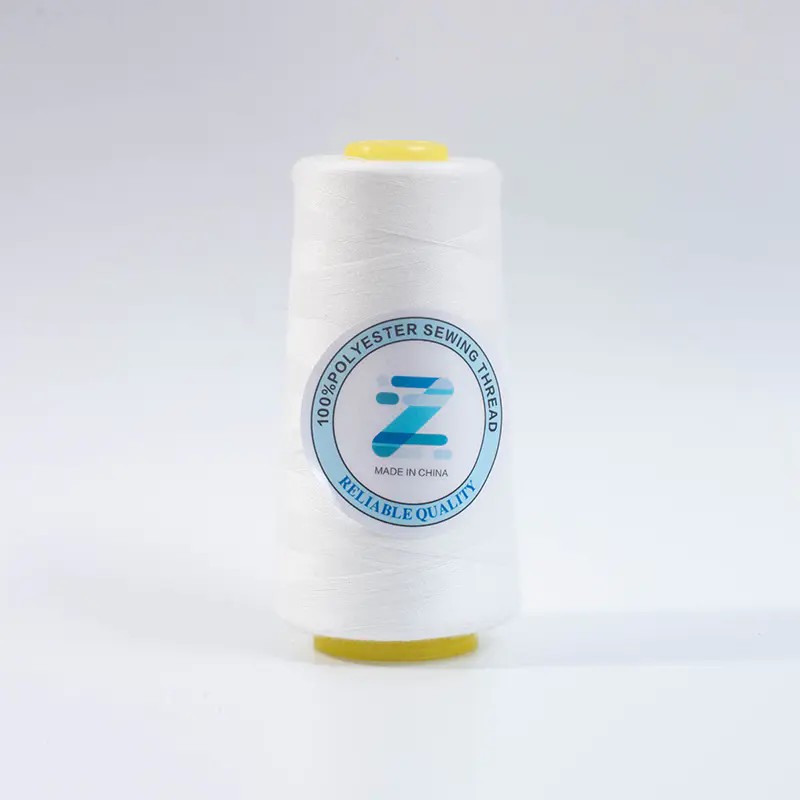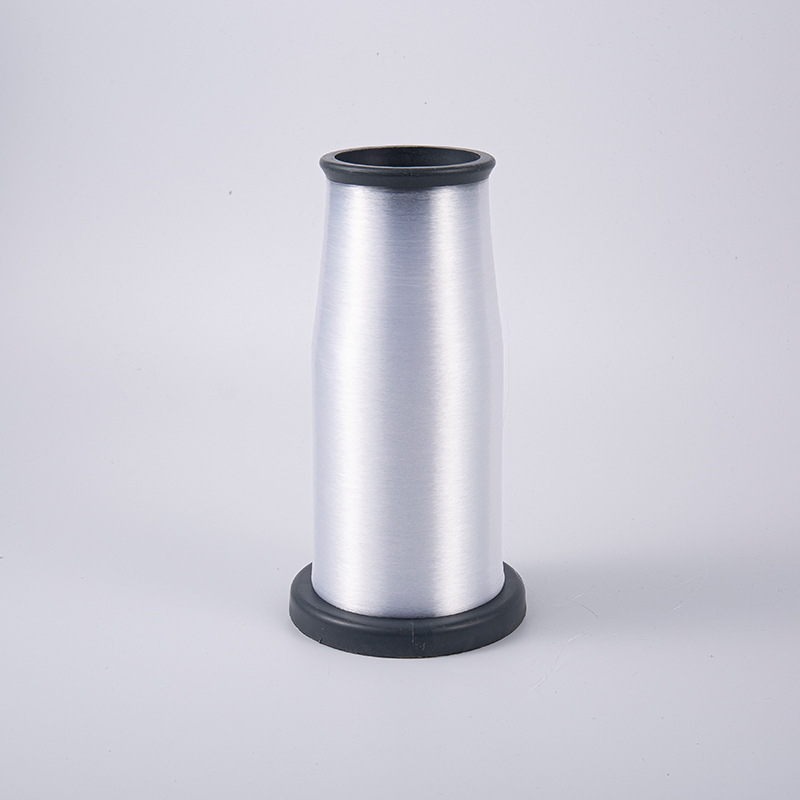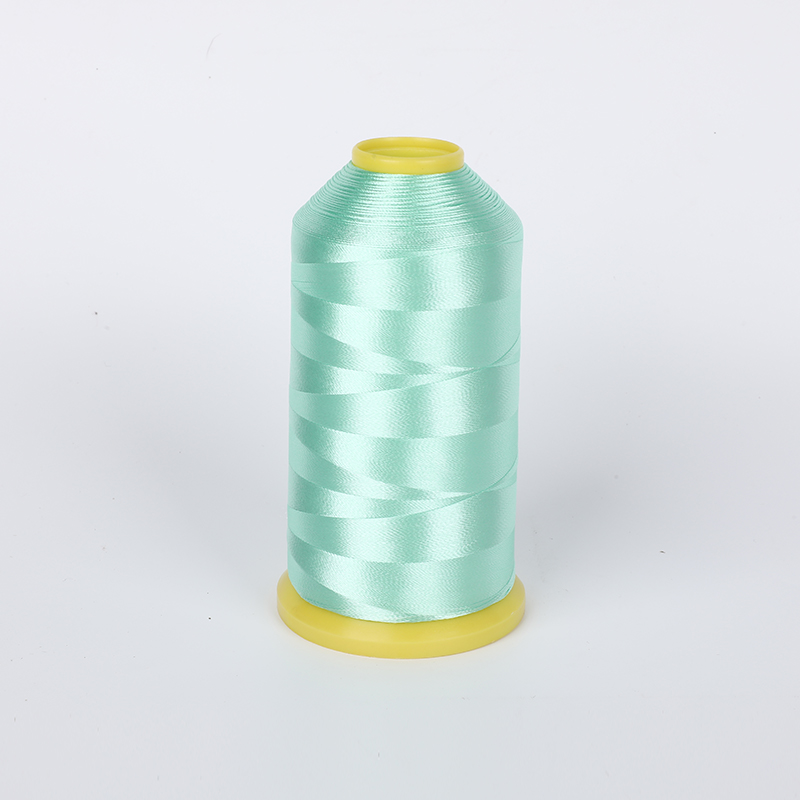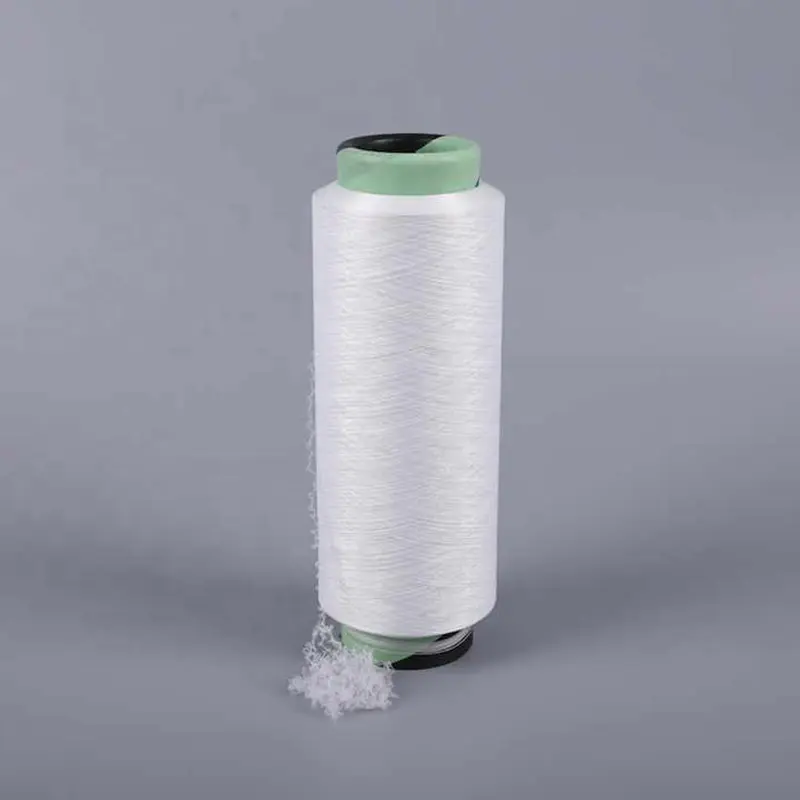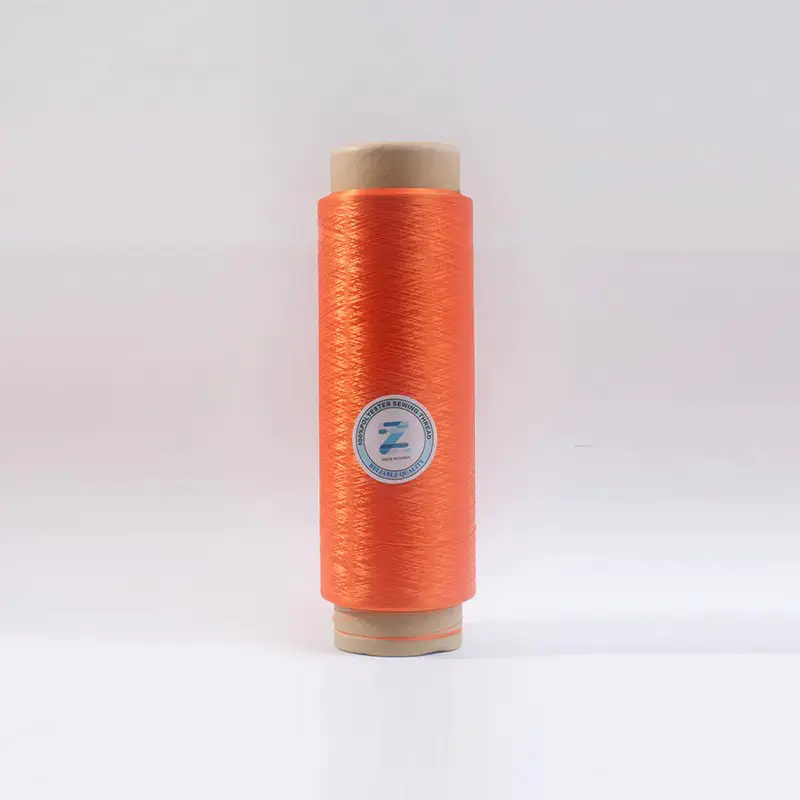Content
In recent years, with the continuous improvement of the textile industry's requirements for comfort, performance and environmental protection, many new types of yarn have gradually entered the market. Among them, air covered yarn has become a new favorite in textile production with its excellent performance and unique manufacturing process. Compared with traditional yarn, air covered yarn has unique advantages, especially in comfort, breathability, elasticity and other aspects.
What is air covered yarn?
Air covered yarn is a yarn made using air coating technology. Its production process is to wrap elastic fibers with air on the outside of hollow fibers. This structure forms a light, soft and breathable yarn. Through this innovative technology, air covered yarn has changed the form and performance of traditional yarns, which not only improves comfort, but also improves the functionality of fabrics. Air covered yarn is widely used in sportswear, underwear, home clothes and other products that require comfort and elasticity.
The difference between air covered yarn and traditional yarn
Difference in manufacturing process
The production process of traditional yarn is usually to twist the fibers into yarn, using traditional spinning technology. The process is relatively simple, basically fixing the fibers together by physical force to form a yarn with a certain structure and strength.
The manufacturing process of air covered yarn is more complex and delicate. It combines elastic fibers with other fibers and uses airflow to wrap the elastic fibers around the outside of the yarn. This process requires not only precise equipment support, but also strict control of the flow of airflow and the fiber coating process. The structure of air covered yarn is therefore essentially different from that of traditional yarn. Its outer air coating makes the yarn lighter and softer, while also having excellent breathability and comfort.
Differences in yarn structure and composition
Traditional yarn is usually spun from a single or mixed natural or synthetic fiber, with a simpler structure and an emphasis on the strength and durability of the yarn. The fibers inside the yarn are twisted to form a tight structure, so the air permeability is relatively poor, and the comfort usually depends on the type of fiber.
Air covered yarn has a composite structure. Its interior is composed of a layer of air and multiple fibers interwoven. The air coating not only makes the yarn lighter, but also increases the elasticity and softness of the yarn. The surface layer of air covered yarn is elastic fiber, which can stretch under external force and has strong resilience. In contrast, the elasticity and comfort of traditional yarn are relatively limited, especially when it needs to be worn for a long time, the comfort is poor.
Performance Difference
Comfort and Softness:
The structure of traditional yarn determines that its comfort depends on the type of fiber and the weaving method. It is usually stiff and suitable for making durable and sturdy fabrics. However, due to its lack of elasticity, it is easy to feel not soft enough when worn, especially when worn for a long time.
The outer layer of air covered yarn is covered with elastic fiber, which makes it softer to the touch and has natural elasticity. The softness and elasticity of air covered yarn make the wearer feel almost unrestrained during activities, which is particularly suitable for close-fitting clothing, such as underwear, sportswear and other clothing that requires high comfort.
Breathability and moisture absorption:
The breathability of traditional yarns is often closely related to the fiber type. For example, cotton yarn has good breathability, but synthetic fibers such as polyester are relatively poor. Therefore, many traditional yarns are not suitable for use in occasions that require high breathability and moisture absorption, especially in hot weather or during strenuous exercise, which can easily cause discomfort.
Air covered yarn forms countless tiny pores through the air coating layer, allowing air to flow freely between the yarns, thereby significantly improving breathability. Whether it is sportswear or home clothes, air covered yarn can provide better air circulation and keep the skin dry. This advantage makes air covered yarn particularly suitable for making sportswear, yoga clothes and other products that require breathability and moisture absorption.
Durability and wrinkle resistance:
The durability of traditional yarns is generally good, especially when making wear-resistant fabrics, it is very robust. But they are prone to wrinkling or deformation due to frequent wearing or washing.
In contrast, air covered yarn has better wrinkle resistance and durability. Because the outer layer of the yarn is composed of coated elastic fibers, the elasticity and resilience of air covered yarn enable it to maintain its shape during use, and even after long-term wearing or multiple washings, it still maintains its original appearance.
Environmental friendliness
With the improvement of environmental awareness, more and more consumers have begun to pay attention to the sustainability and environmental friendliness of clothing. Traditional yarns, especially those made of chemical fibers (such as polyester, nylon, etc.), often consume a lot of energy and produce more carbon emissions during the production process.
Air covered yarn usually performs better in terms of environmental protection. Due to the use of lightweight air coating technology, the raw materials and production process required for air covered yarn are relatively energy-saving. Moreover, many air covered yarns are made of recyclable materials, which makes it easier to be recycled after use, in line with the needs of sustainable development.
Advantages of air covered yarn
Comfort and high elasticity
The outer layer of air covered yarn is coated with elastic fibers, which makes the yarn very elastic and stretchable. Whether it is sportswear, underwear or home clothes, air covered yarn can provide a better comfort experience. The addition of elastic fibers allows the clothing to stretch freely with the body's movements, avoiding the sense of restraint brought by traditional yarns during wearing.
Excellent breathability and moisture absorption
The hollow structure of air covered yarn allows air to flow freely between the yarns, which greatly improves breathability. Especially in hot summer or during exercise, air covered yarn can quickly absorb and discharge sweat to keep the skin dry. In contrast, traditional yarns have weaker breathability and moisture absorption, and are easy to feel stuffy when worn.
Durability and wrinkle resistance
Air covered yarn can effectively avoid wrinkles and deformation problems caused by stretching or bending of traditional yarns through its elasticity and softness. Even after frequent washing or long-term use, air covered yarn can still maintain its original smoothness and appearance.
Environmental protection and antibacterial performance
Many air covered yarns use environmentally friendly raw materials, which meets the needs of modern consumers for sustainable development. At the same time, air covered yarns are outstanding in preventing bacterial growth and reducing odor, especially suitable for products such as sportswear and underwear that are frequently worn and need to be washed for a long time.



 عربى
عربى
